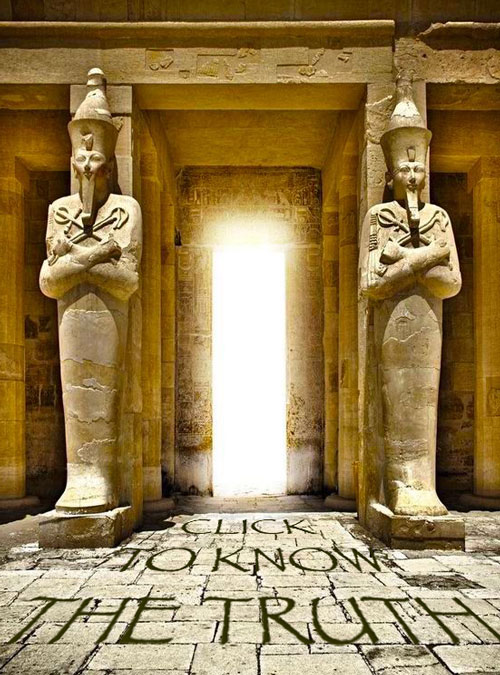Cairns
A cairn is a pile of stones.

The word cairn comes from the Scottish Gaelic càrn. Cairns are found all over the world from mountaintops and waterways to deserts and tundra areas. They vary in size from stone markers to artificial hills and from conical rock piles to delicate sculptures. Many of these elaborate feats of megalithic engineering date back millennia. Cairns may be painted or decorated for increased visibility or for religious reasons.

Sea cairns can be built on a submerged rocks, especially in calmer waters where they serve as sea markers. They are common in the northern latitudes especially in the waters of Scandinavia and Canada. Usually painted white for improved visibility they often serve as navigational aids.
In the mythology of ancient Greece, cairns were associated with Hermes. The earliest form of the name Hermes is the Mycenaean Greek *hermāhās. Most scholars derive it from ἕρμα meaning “heap of stones” or “boundary marker”.

Hermes was the god of communication who was associated with Mercury (the closest planet to the Sun). The Greeks declared him the inventor of astronomy, astrology, mathematics, geometry, medicine, reading, writing and oratory. Hermes was known as Thoth by the Egyptians who had previously established him as the author of all works of science and magic. So cairns refer to communication. What could this mean? Three Klamath (Oregon) men explain:
A rock cairn is basically the same thing as a church, people go there to pray, men go there for puberty to put on vision quests, it’s just a very spiritual place.
To me those cairns are no different than a church. We know how our people would go on a vision quest or power quest and be up all night long building the claim as a method of prayer.
When our people went out to seek God … seeking the truth, seeking power, seeking direction, seeking guidance … whenever they went there and received an answer or confirmation or received a power … they built an altar saying “this is where the Creator spoke to me” and this is now sacred.
Cairns are like little mountains. Great peaks are places of revelation, transformation and inspiration. As places of power, hermits often seek them out to transform themselves through practices of physical austerity and spiritual contemplation. Poets and mystics have visualised the ascent of the sacred mountain as a symbol of the ultimate pilgrimage, leading to the heights of heaven and the final goal of spiritual realisation.

The legacy of Hermes refers to the “thundering” low frequency resonance that creates a global mandala pattern that syncs consciousness at sacred sites worldwide. Infrasound enables telepathic communication by harmonising the conscious rhythms of human beings in sacred alignment with The Holy Streams. Click here for a deeper look at this process.
